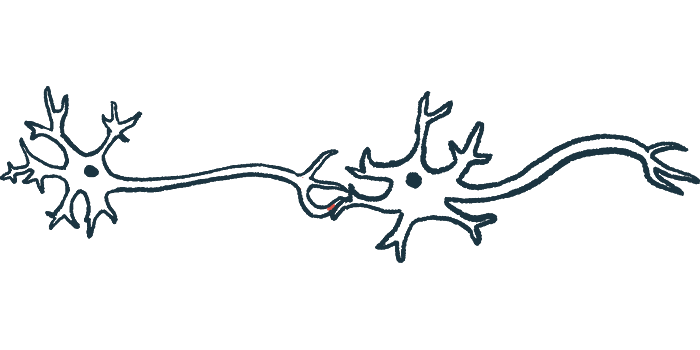CLN5 Mutations Found to Disrupt ‘Recycling Centers’ in Nerve Cells
Written by |

Mutations in the gene CLN5, which cause a form of late infantile Batten disease, disrupt the function and movement of cellular compartments called lysosomes, the so-called “recycling centers” of cells.
That’s according to the study “Deficiency of the Lysosomal Protein CLN5 Alters Lysosomal Function and Movement,” which was published in September in the journal Biomolecules.
Lysosomes are cellular compartments that act as “recycling centers,” breaking large, complex molecules down into their constituent components, which can then be repurposed within the cell. Lysosomes contain a number of specialized enzymes that are used to break down different molecules, and also tend to maintain a relatively acidic environment to help facilitate this breakdown.
Impaired lysosome function is characteristic of all forms of Batten disease at the cellular level, including batten disease caused by CLN5 mutations (sometimes called simply CLN5 disease). However, the precise function of the CLN5 gene, and the ways that lysosomes are dysregulated when the gene is mutated, remain incompletely understood.
To learn more, a team led by scientists in New Zealand conducted a series of studies using neurons derived from induced pluripotent stem cells (iPSC). Basically, this involves taking human cells (usually skin or blood cell), and then “reverse engineering” those cells into iPSCs, a type of stem cell that is able to grow into other cell types when given the correct biochemical cues.
Here, the iPSCs were given cues to prompt them to grow into neurons (nerve cells). The team then used a genetic engineering technique called CRISPR to create mutations in the CLN5 gene in some of the cells, and performed a battery of analyses to see how these mutations affected lysosome function.
Results revealed that CLN5 mutations did not change the overall size of lysosomes in the cells, but cells with these mutations had fewer acidic compartments and also reduced activity of cathepsin B, a lysosomal enzyme used to break down complex proteins.
“Our results suggest that the reduction in acidic organelles (lysosomes) in CLN5-deficient human neurons is perhaps leading to reduced activity of the lysosomal cathepsin B in the [CLN5-deficient] neurons compared to the control neurons,” the researchers wrote.
Neurons are large and complex cells, and under normal circumstances, a lysosome does not simply sit in one location in the cell — rather, these cellular compartments are constantly in motion, being shuttled to different cellular locations to support the cell’s various activities. In further imaging studies, the researchers demonstrated the CLN5-deficient neurons had marked reductions in the movement of lysosomes.
“From our data, it is apparent that anterograde [toward-the-front] lysosomal movement is impaired in CLN5-deficient human neurons,” the researchers wrote. Lysosomal movement toward the back of the cell (retrograde movement) showed a similar trend, though results did not reach statistical significance.
The team noted that impaired lysosomal movement “has never been reported in CLN5 Batten disease,” adding “it will be interesting to test whether other forms of Batten disease as well as other neurodegenerative diseases show such lysosomal trafficking anomalies.”







